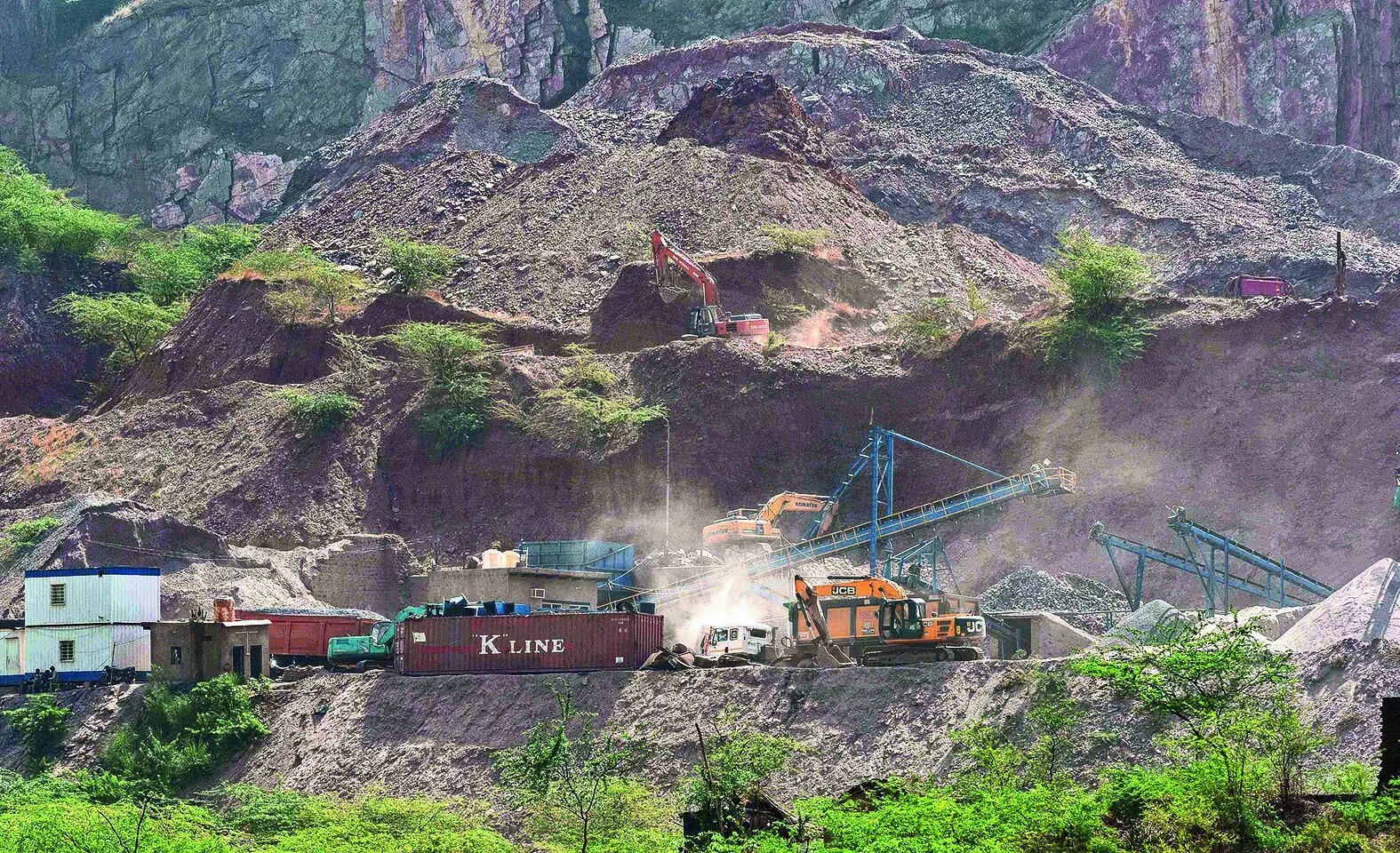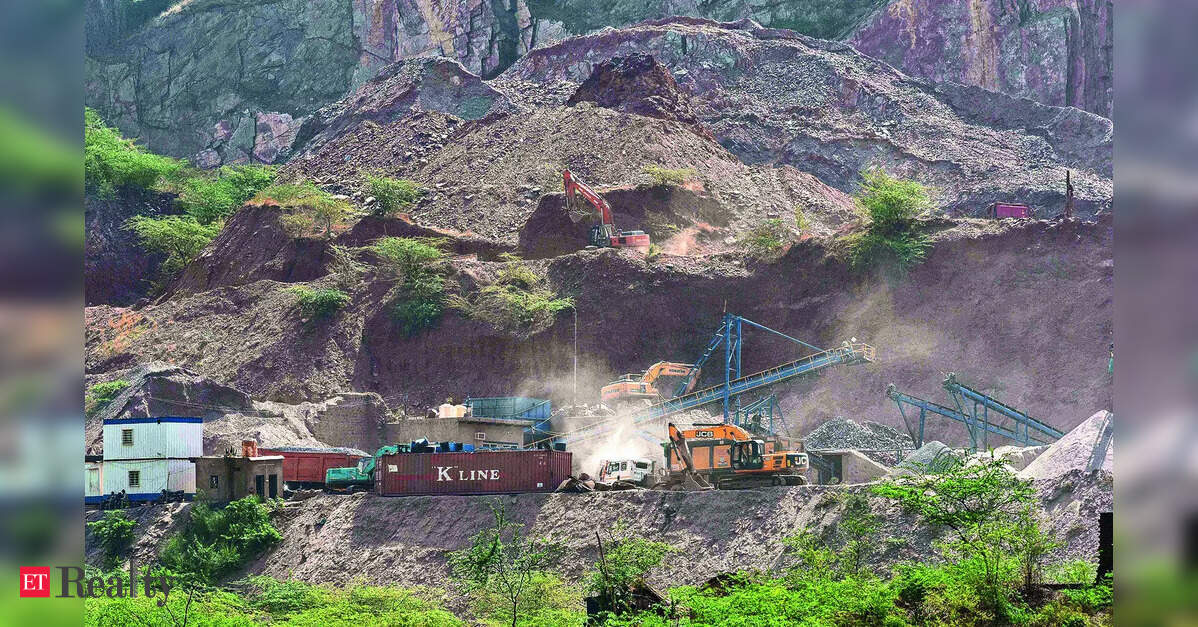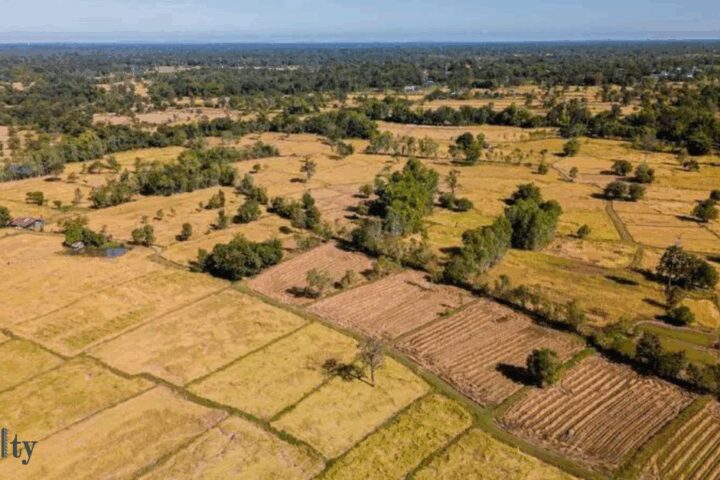
GURUGRAM: Months after the Supreme Court ordered all states and Union territories to define “forest” and map all such areas, not a single survey has been carried out as part of the exercise in Haryana despite the state govt establishing expert committees in April.
The catch — both district- and state-level committees cannot begin work until the state finalises its definition of “forest by dictionary meaning” — a step that remains incomplete, effectively stalling the entire exercise.
In April, Haryana govt notified a state-level expert committee chaired by the additional chief secretary (environment, forests & wildlife). The panel includes senior officials from forest, revenue, agriculture, industries, town planning and urban local bodies departments.
District-level committees headed by deputy commissioners were also constituted, comprising municipal commissioners, divisional forest officers and other key officials. But the terms for the committees allow them a month to two to carry out surveys and submit their reports, with one key condition: they can start work only after the state provides the forest definition.
On March 4, the Supreme Court ordered all states and UTs to first define “forest” and identify all such areas, including the Aravalis. This exercise will allow protections to forest land under the Forest Conservation Act and prevent further loss of green cover in ecologically fragile zones.
Asked why the process was delayed, Haryana’s principal chief conservator of forests Vineet Kumar Garg said on Wednesday, “We have sent the forest definition for finalisation to the state govt. We will start the process once it is final.”
Experts and activists alleged that Haryana govts, over the decades, have avoided protecting Aravalis under FCA by stalling the process. “This is planned disobedience of the Supreme Court’s Godavarman judgment. Constituting committees without giving them the definition is a tactic to ensure no actual work is done. Haryana is trying to give away what little forest it has to private builders by not recognising it as forest,” said RP Balwan, retired conservator of forests, Haryana (South).
The top court’s March order came while hearing writ petitions challenging amendments to the Forest (Conservation) Act. Citing the 2011 Lafarge judgment, the court ordered states/UTs to form expert committees within a month and warned that state chief secretaries would be held personally responsible for any lapses.
The Lafarge order, linked to environmental approvals for mining in Meghalaya, had directed all states to identify and map forest land. This built on the landmark 1996 TN Godavarman case, which established that forests must be recognised based on the dictionary definition of “forest” — meaning any area with forest characteristics must be protected under FCA, regardless of its official status in govt records. This “deemed forest” concept significantly widened FCA’s scope. However, successive Haryana govts have maintained there is no clear definition or criteria to identify forests.
Forest analyst Chetan Agarwal highlighted the administrative impasse and said. “Govt has created a Catch-22 situation. They formed committees in April to comply with the March court order but tied their hands by saying the forest definition will be issued by the state govt, which has still not materialised.” The case will next be taken up by the SC on Sept 9, where Haryana govt may be required to explain why it is yet to come up with a definition for ‘forest’.











